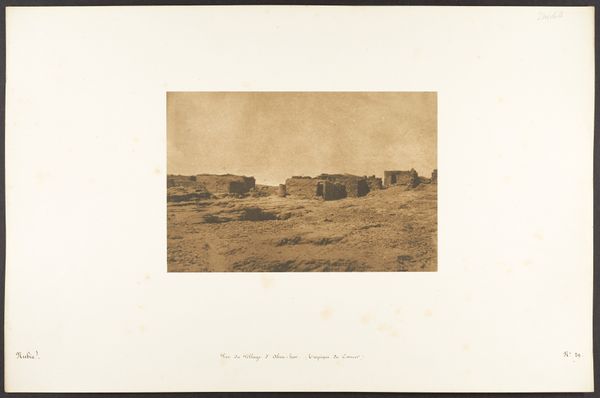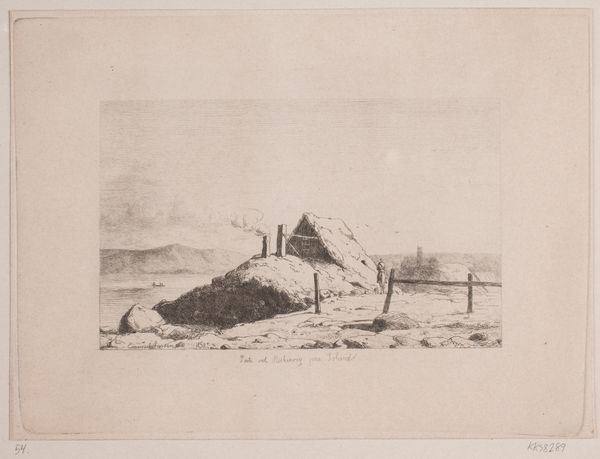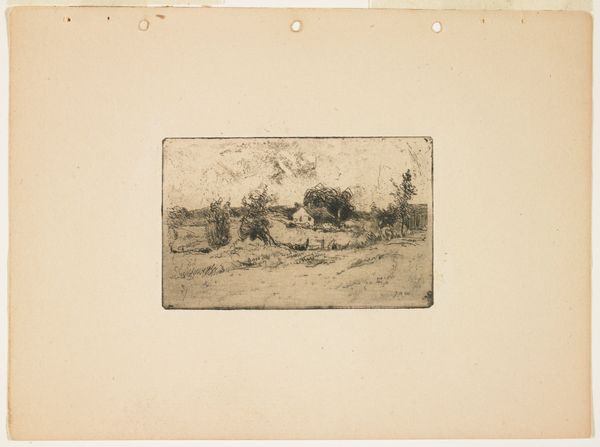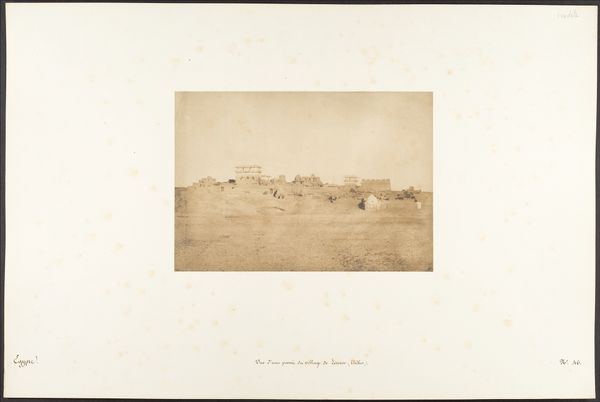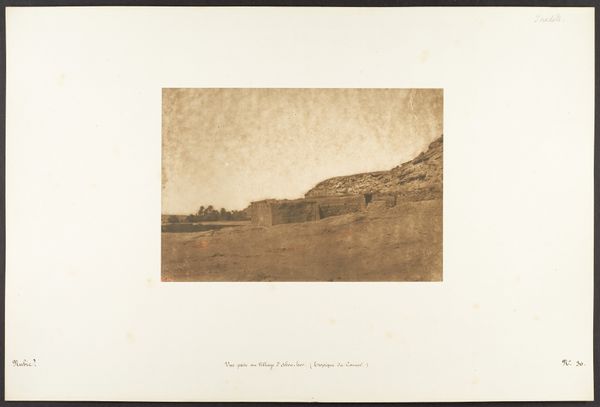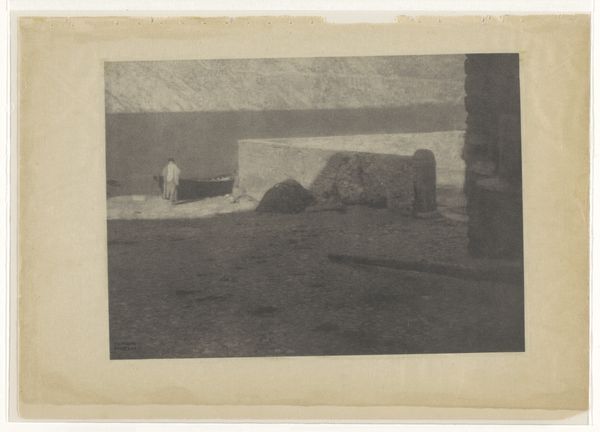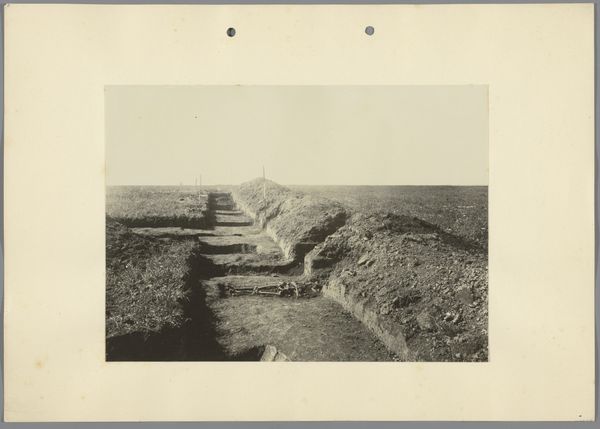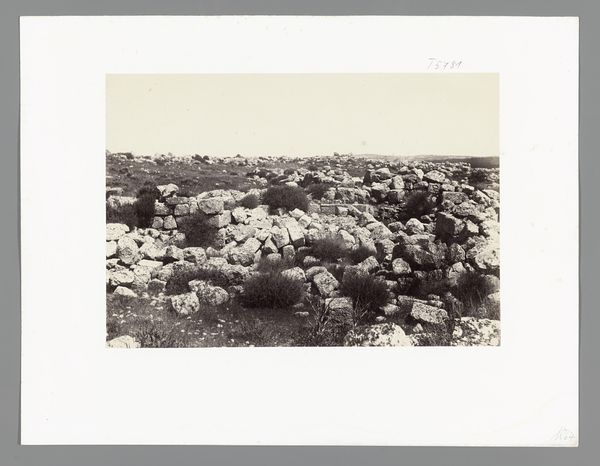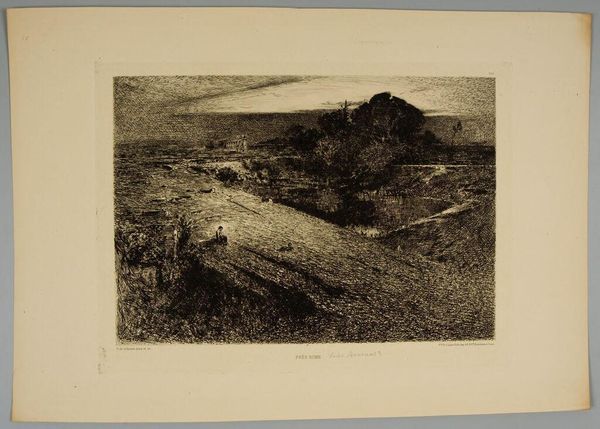
print, etching
# print
#
etching
#
landscape
#
northern-renaissance
#
realism
Dimensions: 190 mm (height) x 257 mm (width) (Plademål)
Editor: This is Axel Holm's "Fra Hulerød," made in 1893. It's an etching, so a print. It gives off this quiet, rural feeling. The building and landscape look really simple, almost like something from another era. What stands out to you in this piece? Curator: The magic of this etching lies in the artist's labour and Holm's manipulation of the material itself, wouldn’t you agree? Note the detail he achieves within the limitations of the print medium. Editor: Definitely. I can see how he built up those darks and lights with so much cross-hatching! It must have taken a long time, I wonder if prints at the time were considered a lesser art than paintings, requiring patience and manual work? Curator: Precisely! Consider how the etching process itself democratizes art. It's reproducible. Does it allow for wider consumption and access to artistic representation than say, a unique oil painting commissioned by a wealthy patron? Does this medium, through the labor it involves, perhaps challenge notions of artistic genius versus skilled craft? Editor: That's a cool thought – more accessible art through a craft medium. You almost don't think about the craft element when you look at an image and only focus on the meaning, but I see it here. Curator: See how an apparent serene landscape reflects a complex interplay between production, consumption and class, challenging the divide between fine art and the everyday. It's not *just* a pretty picture. Editor: So it’s also about how the *making* of the art itself can have social significance? Curator: Precisely. We should always consider the means and context of production when viewing artwork like this one. Editor: That's a great point, I’ll keep that in mind going forward. Thanks for helping me understand more of the meaning behind "Fra Hulerød".
Comments
No comments
Be the first to comment and join the conversation on the ultimate creative platform.
